
Agents Chloe Jocelyn (Missy Peregrym) and Frank Parker (Manny Montana)
Imagine this nightmare scenario.

Agents Chloe Jocelyn (Missy Peregrym) and Frank Parker (Manny Montana)
Imagine this nightmare scenario.
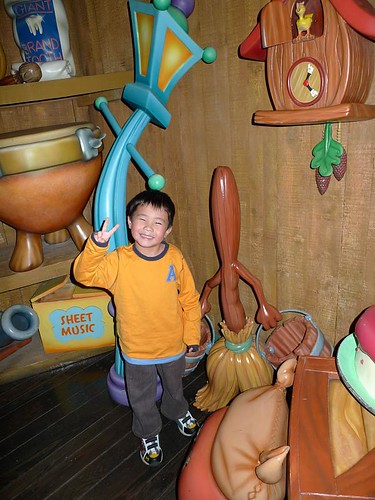
Disneyland provides lots of photo opportunities for kids!
Thanks to Bob Rogers, I recently learnt about the 10 rules of theme park design which were created by Disney legend Marty Sklar, Vice Chairman and Principal Creative Executive of Walt Disney Imagineering. These rules are designed to help anybody developing or designing a theme park to create memorable experiences for their guests.
So what are these precepts modelled after the “happiest place on Earth”?
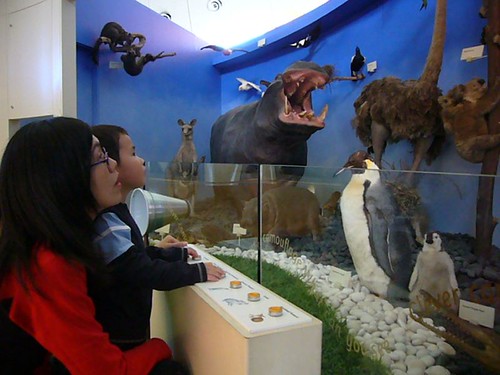
The Melbourne Museum provides a great immersive experience
In the world of information-rich visitor attractions like heritage buildings, museums and corporate attractions, spinning a great tale is imperative to success.
Having an exciting story which connects and resonates with your visitors makes all the difference. What should one do to create those magical moments?
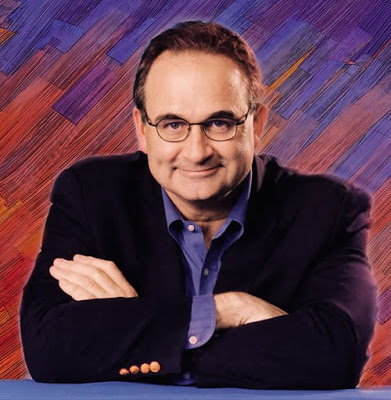
Bob Rogers (source of image)
What is the magic behind creating truly memorable and delightful guest experiences at visitor attractions?
According to renowned experience designer Bob Rogers, the secret lies in finding the right story, shaping it for the right audience, and ensuring that it is an original tale.

Bob Rogers with ASA Chairman Kevin Cheong
The founder of BRC Imagination Arts, Bob Rogers, has cut his teeth in designing and building numerous theme parks, museums, brand attractions and other thematic experience destinations.
Rogers’ 33 year old firm, BRC Imagination Arts, received over 250 international awards, including two Academy Award nominations and 17 Themed Entertainment Association (TEA) “THEA” Awards for “outstanding achievement in themed entertainment”.
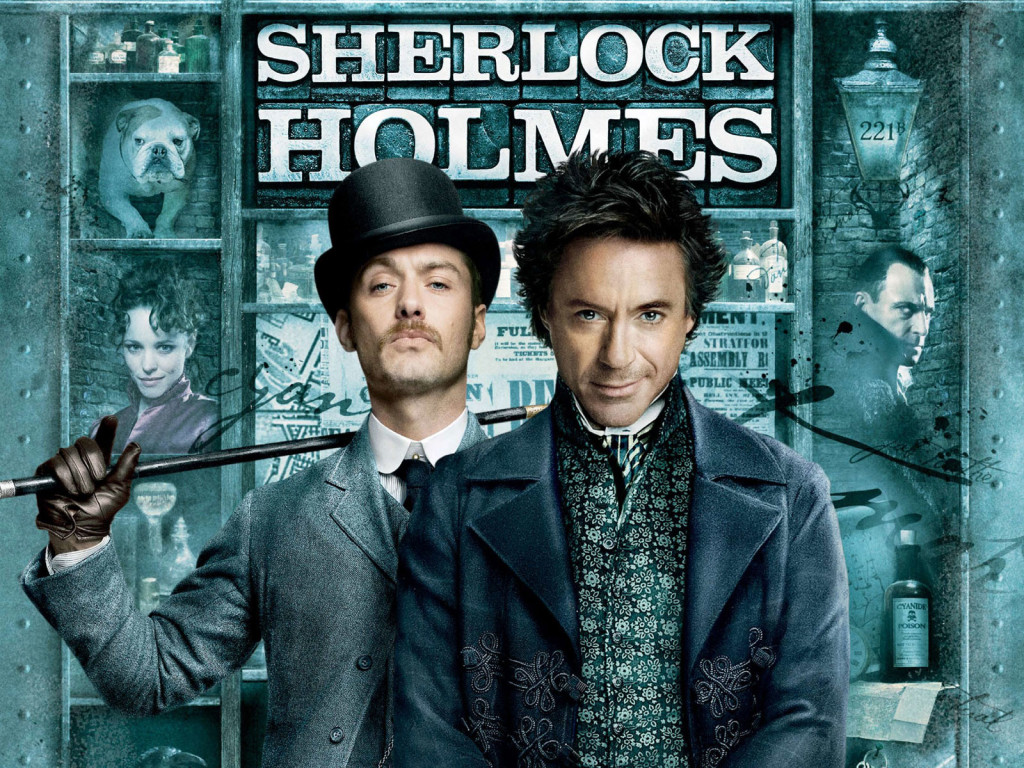
We all love a good mystery! (courtesy of Sherlock Holmes: A Game of Shadows)
Answer? They love to be teased and challenged. Preferably every step of the way until the bounty is unearthed.
Sadly, however, most marketing efforts today hasn’t matched the rise in consumer sophistication and expectation. Our aggregated abilities to captivate and charm a potential customer hasn’t caught up with the explosive growth in always-on social tools and communication networks.

By now, many of you would have heard of buzz and viral marketing, experiential marketing, and the art of conversational marketing.
Some of you may have also learned about three of the most important marketing ideas in the 2010s (and 2020s): creating a Purple Cow, pushing an idea over the Tipping Point, and the almost religious need to use social media in marketing.
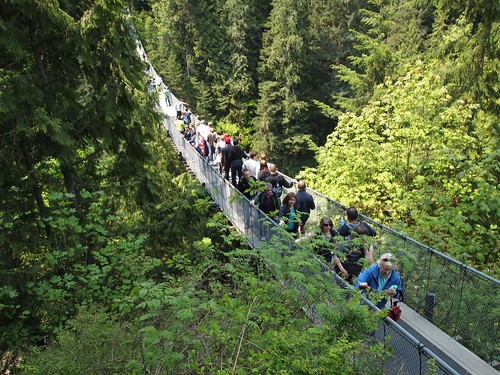
Obedient tourists keeping to the straight and narrow path (Capilano Suspension Bridge at Vancouver)
We’ve all been through this before. There is simply an abundance of juicy bits of knowledge and information that you want to share, but your airtime is limited.
The same applies equally in any endeavour. Be it in presenting a proposal, updating a blog post, pushing an ad, making a speech, sharing an anecdote, or cracking a joke. In an age of increasing attention deficit, flooding is the last thing you want to do.

Corporate Storytelling should be as alluring as the Dance of 7 Veils (courtesy of rjg329)
One of the things which I have been wrestling with lately is this:
How can I keep my customers continually keen in my products and services beyond a short-lived campaign?
More importantly, can we sustain their interest over a longer time span and find different ways to build on it?

Transmedia in a diagram (courtesy of Seize the Media)
Crossing various media platforms (or Transmedia, a term which is well expounded by Kevin Lim) isn’t something new in the world of marketing communications. We have always done that in our ever desperate bid to attract eyeballs, visitors, and revenue in an increasingly crowded marketplace.
Witness how quickly the emergence of communication technologies like the printing press, telephone, radio, television, websites, mobile phone, huge electronic billboards, bus stop shelters, and building facades are used for advertising purposes.